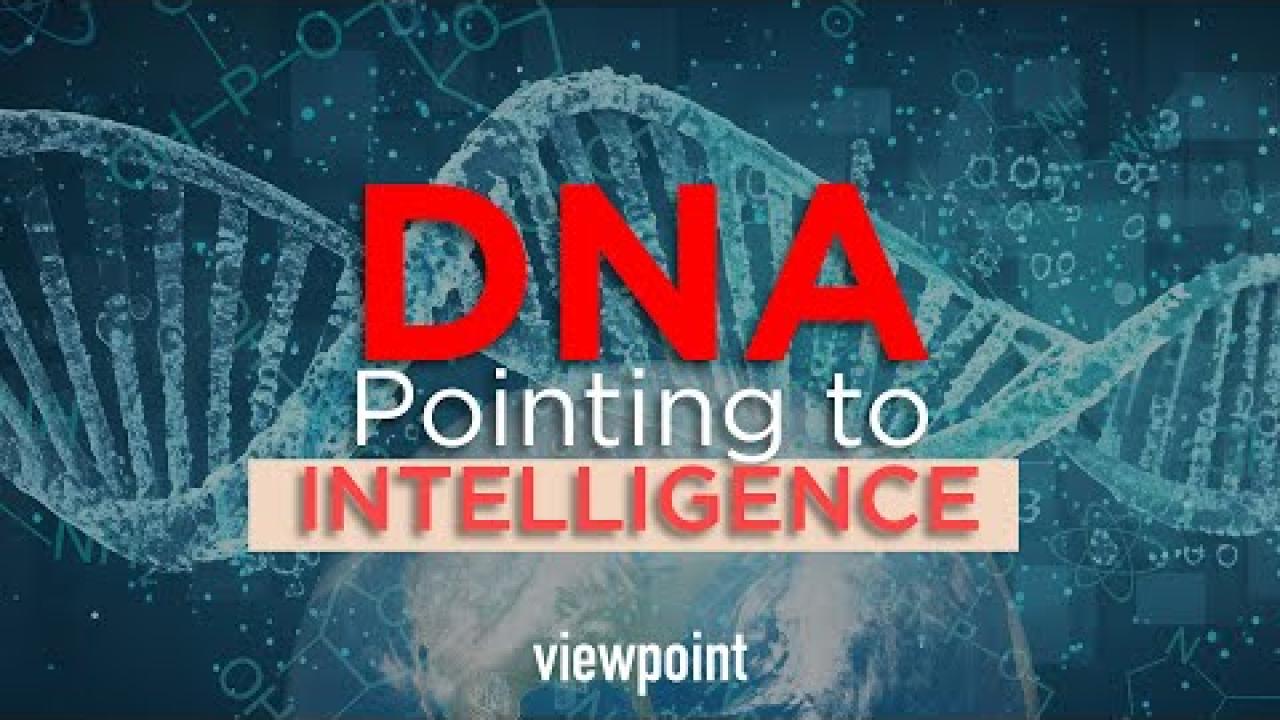
DNA: Pointing to Intelligence
On April 25, 1953, James Watson and Francis Crick published a paper that would forever alter our understanding of life and give cause to question leading theories on how we came into existence. Their research gave a small glimpse into the information powerhouse known as DNA. DNA is the molecule responsible for carrying the information needed to build all of the proteins needed to make life possible. This marvel points to an intelligent Creator.
On April 25, 1953, James Watson and Francis Crick published a paper that would forever alter our understanding of life and give cause to question leading theories on how we came into existence. Their research gave a small glimpse into the information powerhouse known as Deoxyribonucleic Acid, or DNA for short.
DNA is the molecule responsible for carrying the information needed to build all of the proteins that make life possible. Each nucleus in each individual, normal cell in your body contains about two meters of DNA, packed into a microscopic dot--all of it containing the information needed to build YOU.
An astonishingly elegant and ingenious molecule, DNA looks a bit like a spiral staircase, the rails of which are composed of sugars and phosphates. The steps connecting the sides are called base pairs: either a pairing of adenine (A) and thymine (T) or of cytosine (C) and guanine (G). Thus, as one moves along one side of a DNA molecule, one encounters a sequence of these four bases.
Just as the sequence of 1's and 0's of computer code stores the information needed for the computer's programming, the sequence of the bases A, C, G, and T in the DNA strand is the code that stores the biological information of the cell. In the case of DNA, the sequence codes information for different amino acids used to build proteins. For example, in ASCII computer code, the sequence [Read: 0110-0011-0110-0001-0111-0100] would encode the English word "cat." Similarly, in DNA the sequence CAGAAGCCA would encode the information needed for cellular machinery to produce the amino acid chain glutamine-lysine-proline.
Wills, Peter R. 2016, 'DNA as information', The Royal Society Publishing, 13 March 2016, accessed 23 January 2024, <DNA as information | Philosophical Transactions of the Royal Society A: Mathematical, Physical and Engineering Sciences (royalsocietypublishing.org)>.
All proteins are built based on the designs encoded within DNA. This makes the biochemical processes that read and manipulate DNA matters of information processing, similar to what we see in computer software. As biophysical chemist Peter Wills explains, "DNA-based molecular biological computation can be said to control, perhaps even 'direct,' the entire panoply of biochemical events occurring in cells."
We often refer to DNA code as "genetic information," and portions of the DNA strand that code for particular purposes are called "genes." It is the information coded within DNA that is used to build the proteins that build organisms, and it is the information coded within DNA that is passed on from parent to offspring. It is how life works, and how life carries on from generation to generation.
But where did this abstract, information-rich programming code originate? Evolution can't take credit. It's a mindless, purposeless process, remember?
In fact, where did DNA come from? You can't build proteins without DNA--yet, DNA is, itself assembled by proteins!
The discovery of DNA should have been a great success for the theory of evolution! The secret to how the characteristics of life are passed on to our descendants was finally unveiled! But it has been a disaster. The idea of a massive, information-rich molecule containing an abstract programming code capable of bearing the information needed to build all the complex machinery of life is incompatible with the idea that life has developed through mindless, natural processes.
Evolutionists cannot avoid the fact that DNA represents an abstract coding system that points to intelligence.
To examine more evidence that life is far too complex to have formed without a creator, click the link in the description and watch out telecast: "Fingerprints of the Master Designer"